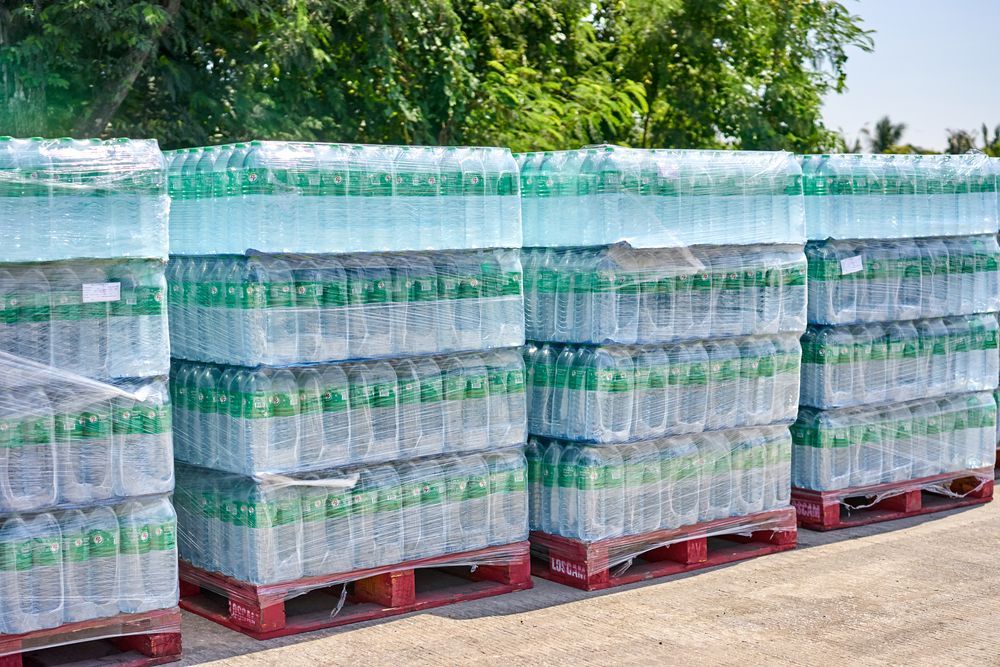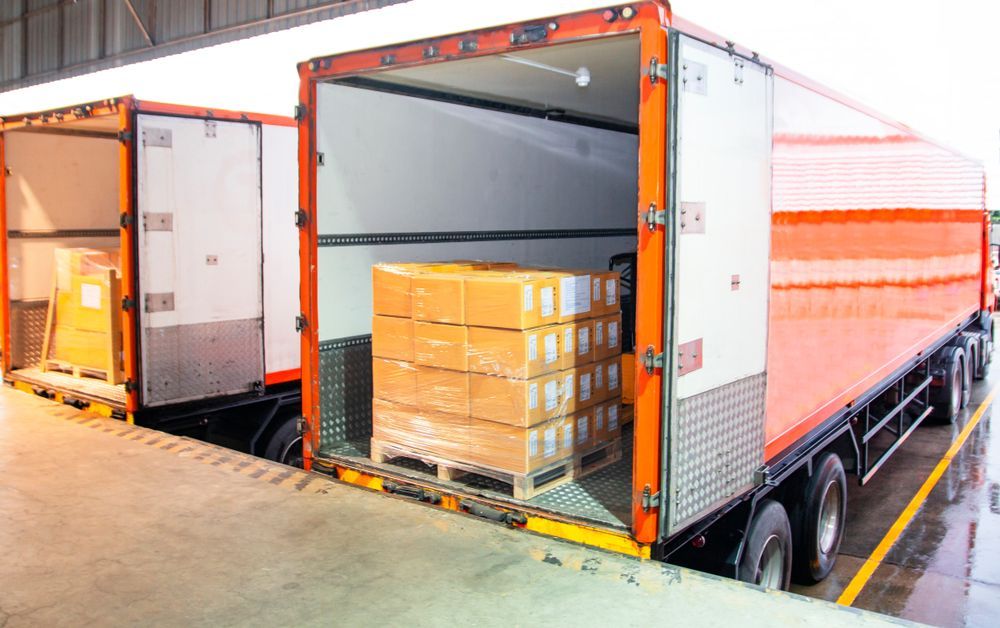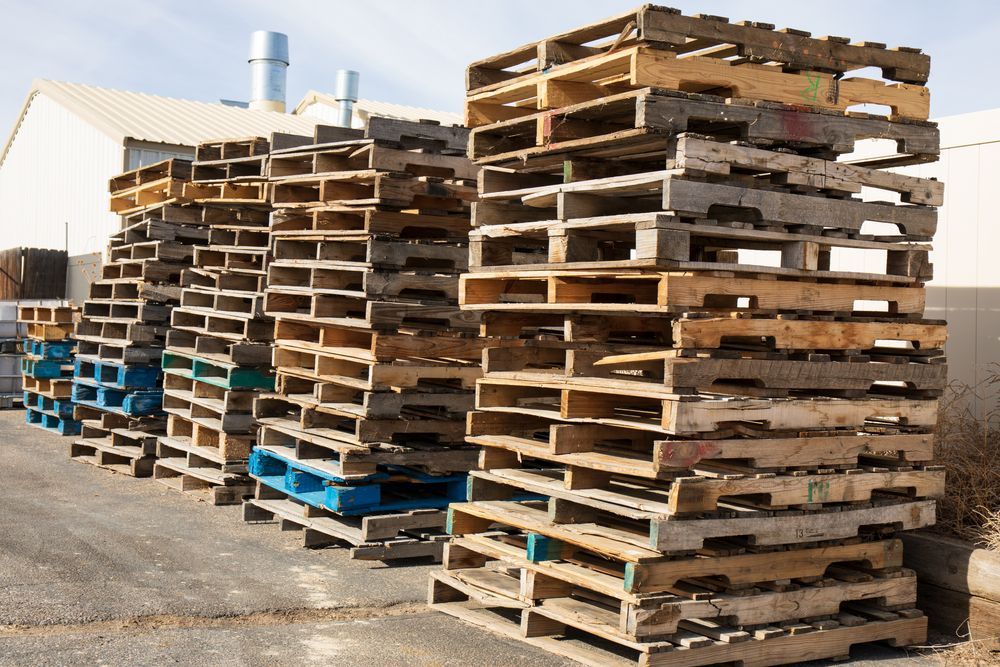Ensuring Safe Shipping: Heat Treated Pallets Requirements in America
Share this article:
In the world of logistics and shipping, pallets are the unsung heroes that facilitate the safe transportation of goods. Among the different types of pallets used, heat-treated pallets have gained significant prominence due to their ability to mitigate the risk of spreading pests and diseases, ensuring the safe movement of goods across borders. In this blog, we will explore the essential requirements and benefits of using heat-treated pallets in America.
1. What are Heat-Treated Pallets?
Heat-treated pallets, also known as HT pallets, are wooden pallets that have undergone a specialized heat treatment process to meet the ISPM 15 (International Standards for Phytosanitary Measures No. 15) guidelines. The primary purpose of this treatment is to eliminate the risk of transporting and spreading pests and diseases, especially in international shipments. The process involves heating the pallets to a specific temperature for a defined duration to ensure that any potential pests, such as insects and larvae, are eradicated.
2. ISPM 15 Compliance
In America, heat-treated pallets are mandatory for international shipments, in accordance with the ISPM 15 guidelines established by the International Plant Protection Convention (IPPC). This regulation aims to prevent the global spread of pests and protect agriculture and ecosystems from harmful invasive species.
Under ISPM 15, heat-treated pallets must meet specific requirements:
The pallets must be made from debarked wood: Removing the bark minimizes the risk of pests hiding and surviving on the pallets' surface.
Heat treatment: The pallets must be heat-treated to achieve a minimum core temperature of 56°C (132.8°F) for at least 30 minutes. This process eliminates any pests present in the wood.
Marking: Approved heat-treated pallets will bear the ISPM 15 mark, which includes the IPPC logo, country code, producer code, and the HT logo.
3. Benefits of Heat-Treated Pallets
Using heat-treated pallets in shipping operations offers numerous advantages:
a. Pest Control: The primary benefit is the prevention of pest infestations. By eliminating insects and larvae through heat treatment, the risk of pests spreading across borders and causing damage to agriculture and the environment is significantly reduced.
b. Smooth Customs Clearance: When shipping goods internationally, customs authorities require compliance with ISPM 15 regulations. Using heat-treated pallets ensures a smoother customs clearance process, as the pallets meet the required phytosanitary standards.
c. Increased Safety: Heat-treated pallets are free from chemical treatments, making them safer for handling and contact with various types of goods, including food and pharmaceutical products.
d. Global Acceptance: Since the ISPM 15 guidelines are recognized globally, using heat-treated pallets allows for the smooth movement of goods across international borders without delays or rejections.
4. Environmental Sustainability
In addition to its role in pest control, the heat treatment process is also more environmentally friendly compared to other pest eradication methods that involve chemical treatments. By avoiding the use of harmful chemicals, heat-treated pallets contribute to a greener and more sustainable shipping industry.
Conclusion
Heat-treated pallets have become an essential requirement in America for businesses engaged in international shipping. Complying with ISPM 15 guidelines by using heat-treated pallets ensures the safe movement of goods across borders, preventing the spread of pests and diseases that could harm agriculture and ecosystems. Additionally, these pallets offer smoother customs clearance, increased safety for various types of cargo, and global acceptance. By adopting heat-treated pallets, businesses can not only adhere to regulatory standards but also play a role in promoting environmental sustainability in the shipping industry. Embracing heat-treated pallets demonstrates a commitment to responsible shipping practices, protecting both businesses and the environment in the process.




